The Galapagos Islands are an exotic vacation destination that has captured the imaginations of travelers dating back centuries. The archipelago draws people from far and away, and of every walk of life to explore and discover the natural wonders that lie 500-miles offshore of mainland Ecuador.
The islands are unlike nowhere else on Earth; the diversity of flora and fauna, the out-of-this-world landscape, and the creatures of the Galapagos Marine Reserve set the Galapagos apart. Keep reading for five reasons why the Galapagos Islands are the ultimate vacation spot.
1. The Wildlife
The animals of the Galapagos Islands are the stars of the show, seen at every junction while taking in uninhabited islands, on benches and in the streets of Puerto Ayora on Santa Cruz, the beaches of Puerto Villamil on Isabela, and in the highlands of Santa Cruz.
A surprising and startling part of visiting the islands is that the wildlife has little or no fear of people. Friendly sea lions greet you on arrival on beaches after wet and dry landings, Galapagos penguins dart past snorkelers in clear, tropical waters, and blue-footed boobies stand unworried along trials while visitors pass by.
The reason for this is the secluded, exotic, location of the islands. There has never been an abundance of predators in the Galapagos, and the remote location kept humans at bay for centuries before the first people arrived, blown off course under the flag of the Spanish Empire.
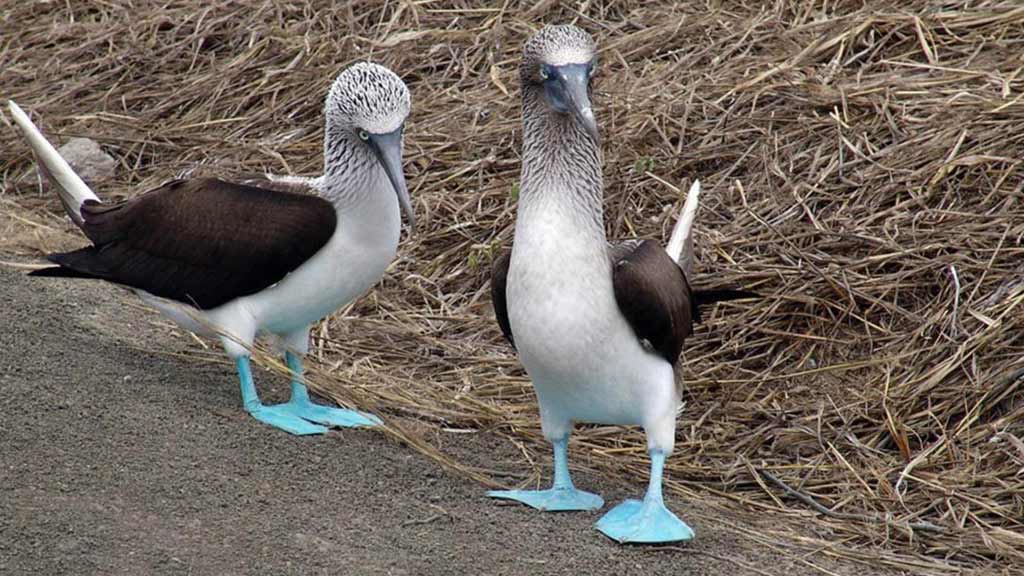
2 . The Marine Life
The Galapagos Marine Reserve is a thriving eco-system that dazzles those who take the plunge into the turquoise waters. Brilliant schools of thousands of colorful fish, sea turtles, dolphins, sharks, and whales swim in the sea; protected from fishermen, hunters, and poachers by the watchful eyes of the Galapagos National Park.
The reserve is visited annually by humpback whales who come to the islands with their calves, pods of Orca Whales, and enormous Whale Sharks-the largest fish on the planet.
When snorkeling, sea lions playfully spin by underwater, Galapagos penguins dive in beside you and swiftly dart hither and fro, and sea turtles swim past in search of the small fish of shallow waters.
Out on the open water, hundreds of bottle-nosed and common dolphins follow in the wake of cruise boats. Blue, Humpback, and Orca Whales breach the ocean before diving deep into the depths of feeding grounds; halting boats at a moment’s notice while passengers rush to the rails of boat’s decks for a bird’s eye view of the action.
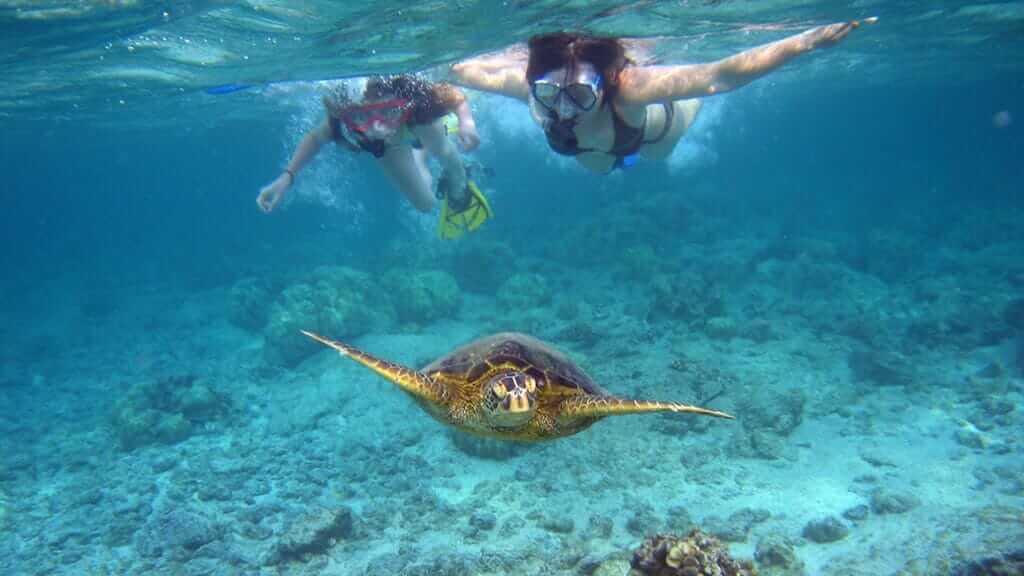
3 . The Diving
The Galapagos Islands are considered one of the best places for diving in the world. Diving sites around Darwin and Wolf Islands put divers at arm’s length from whale sharks, hammerhead sharks, blue whales, and schools of reef fish that swarm in thousands, making diving in their midst a once-in-a-lifetime event. The region is home to the highest population of sharks in the world’s oceans.
Elsewhere in the archipelago, sites around the islands lead to underwater coral reefs that attract sharks and eels, deep volcanic canyons where the marine creatures of the Galapagos roam free, and ocean caves that give way to sea turtles and invertebrates including lobsters, starfish, octopuses, and rays.
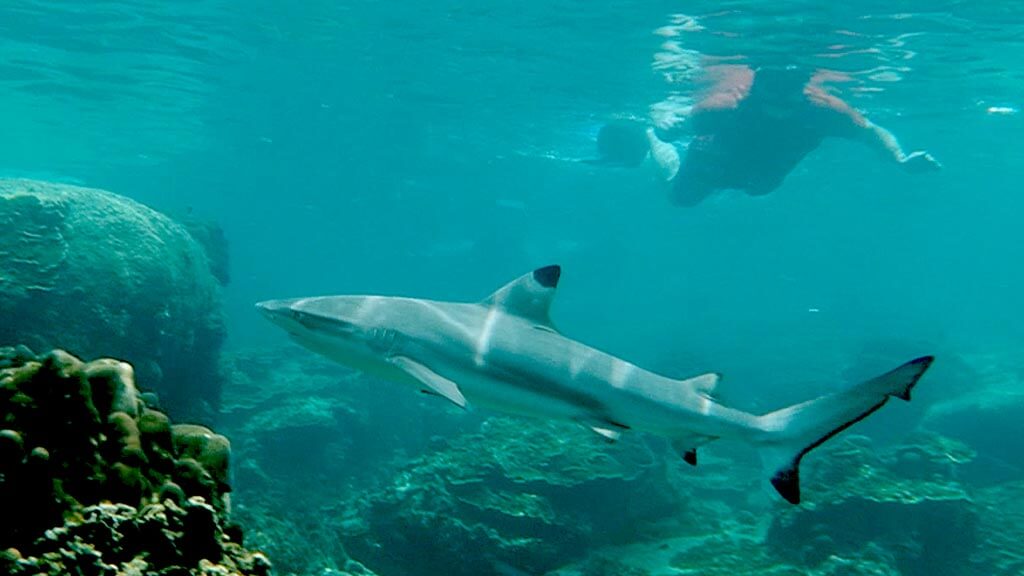
4 . Hiking and Biking in Galapagos
Traveling around the Galapagos Islands involves hiking. Trails wind inland from landing sites of the diverse islands, taking visitors through volcanic fields, past endemic flora and fauna, and to scenic vistas overlooking bays and the neighboring islands on the horizon.
Most of the trails are intermediate; built by the national park to reduce the wear and tear on the environment, and showcase the natural marvels of each island. A wooden boardwalk over the volcanic landscape of Bartolome continues to a staircase that opens up to a vista overlooking Pinnacle Rock and the bay below. Two inland trails on North Seymour skirt the coast before leading to colonies of blue-footed boobies and frigate bird colonies.
Biking around the islands is an active endeavor that takes you to historic landmarks, secluded beaches, and puts you shoulder-to-shoulder with the natural world of the Galapagos. On Isabela, trails follow the coast past beaches, through mangroves, and along dirt paths that end at the Wall of Tears. On San Cristobal, popular rides head into the highlands, through lush landscapes past wildlife hidden from plain sight. A popular ride on Santa Cruz starts in the highlands at El Chato Tortoise Reserve and heads downhill to a secluded beach where sea lions frolic and flamingos leisurely feed in nearby lagoons.
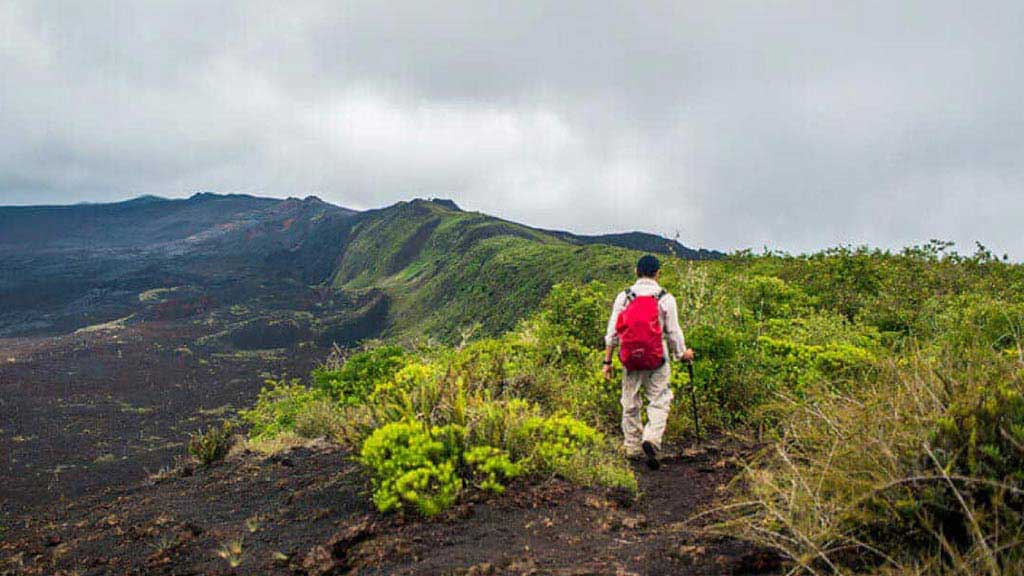
5 . Water Sports in the Galapagos Islands
Water encompasses travel in the Galapagos Islands and plays a major part in daily activities. Snorkeling is part of each day’s excursions, giving rare glimpses into the vast underwater world of the sea. Kayaking is another fun way to explore the nooks and crannies along the coasts and bays of both uninhabited and inhabited islands. Sea lion colonies, mangroves, and sites like Gordon Rocks (where hundreds of hammerhead sharks are often seen) are paddling adventures that reveal the creatures and beautiful scenery of the islands.
Surfing in the Galapagos takes the sport to a different level. Breaks off of the beaches of Santa Cruz, San Cristobal, and Isabela not only puts you on world-class, tropical waves; but finds surfers sharing the waves with sea lions and turtles and rays.
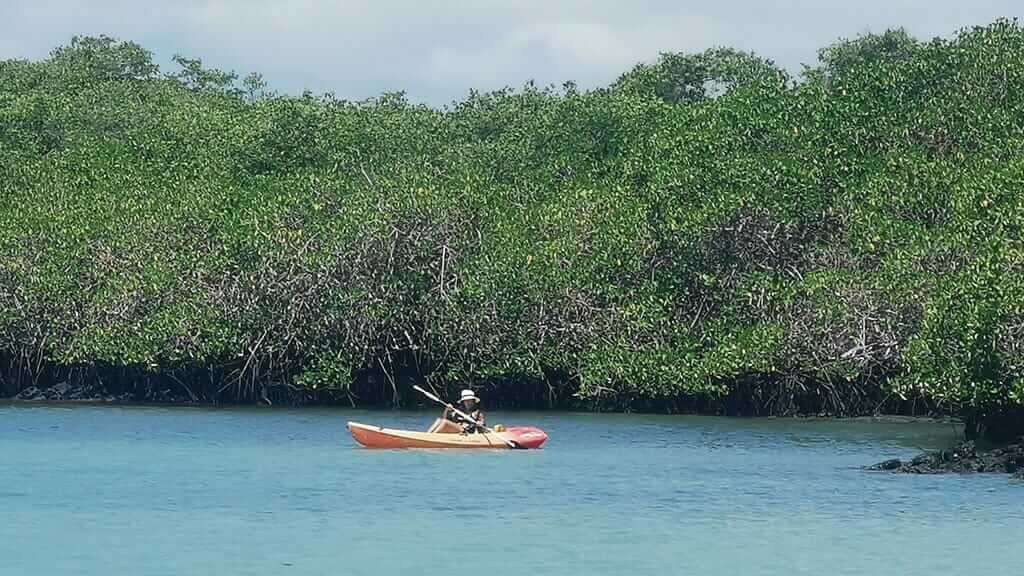
To plan a Galapagos vacation that raises the bar for future breaks and takes you through the islands experiencing the exotic beauty and exotic wildlife that makes the archipelago the ultimate destination, contact a member of our team through this site or by using our toll-free number.
